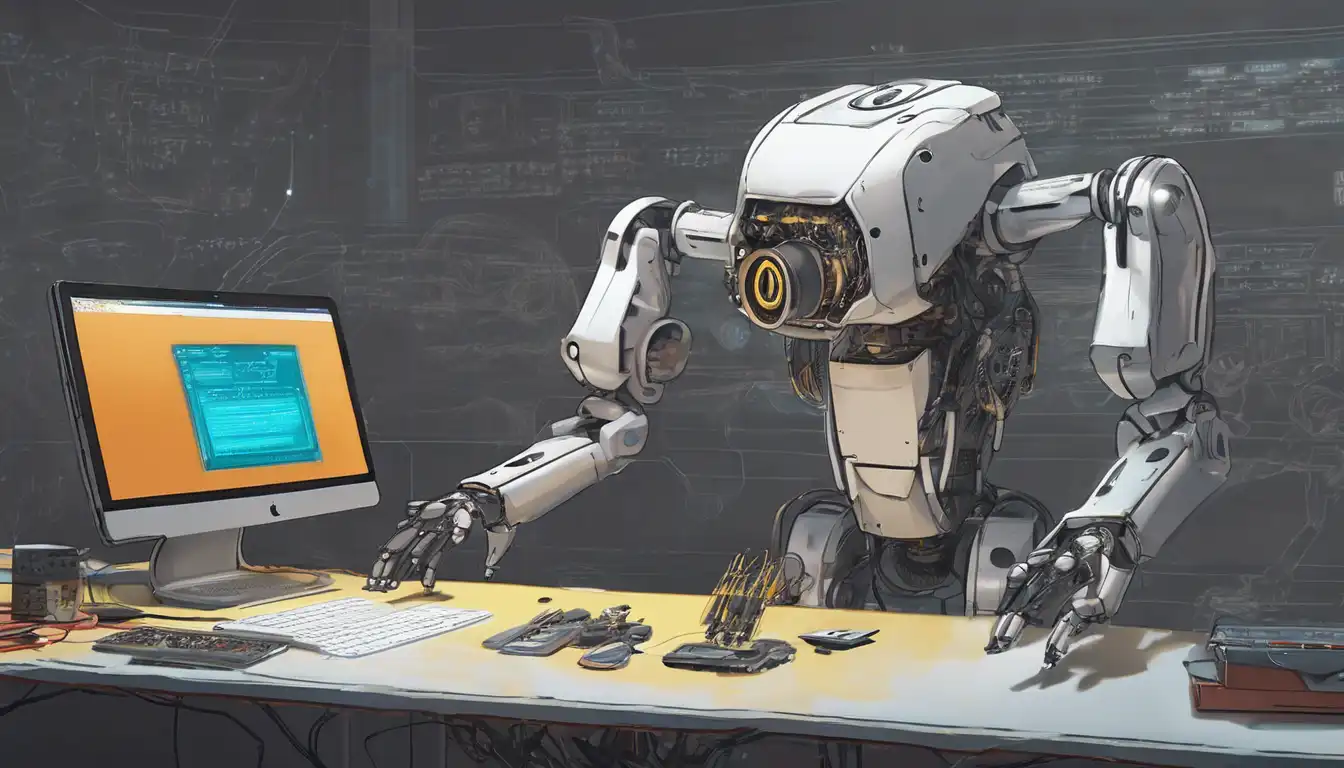Introduction to Robotics Programming
Robotics programming is an exciting field that combines the creativity of design with the precision of programming. Whether you're a hobbyist looking to build your first robot or a professional aiming to enhance your skills, understanding the basics of robotics programming is essential. This guide will walk you through the foundational steps to get started in robotics programming, from selecting the right tools to writing your first lines of code.
Choosing the Right Robotics Platform
Before diving into programming, it's crucial to select a robotics platform that matches your skill level and project goals. Popular options include Arduino for beginners and Raspberry Pi for those with a bit more experience. Both platforms offer a wide range of sensors and actuators, making them ideal for a variety of projects.
Understanding the Basics of Robotics Programming
Robotics programming involves writing code that controls how a robot interacts with its environment. This can range from simple tasks, like moving forward and backward, to complex behaviors, such as object recognition and avoidance. Key programming languages for robotics include Python, C++, and Java, each offering unique advantages for different types of projects.
Setting Up Your Development Environment
Once you've chosen your platform and programming language, the next step is to set up your development environment. This typically involves installing the necessary software, such as the Arduino IDE or ROS (Robot Operating System), and connecting your robot to your computer. Proper setup is crucial for a smooth programming experience.
Writing Your First Robotics Program
With your environment ready, you can start writing your first robotics program. Begin with something simple, like making an LED blink or a motor turn. This will help you understand the basics of controlling hardware with code. As you gain confidence, you can move on to more complex projects, such as building a robot that can navigate a maze.
Testing and Debugging Your Robot
Testing is a critical part of robotics programming. Always test your code in small increments to identify and fix issues early. Debugging tools and techniques, such as serial monitors and breakpoints, can be invaluable for troubleshooting problems in your code.
Expanding Your Robotics Skills
As you become more comfortable with robotics programming, consider exploring advanced topics like machine learning for robotics or integrating IoT devices. Joining robotics communities and participating in competitions can also provide valuable learning opportunities and inspiration for your next project.
Conclusion
Robotics programming is a rewarding skill that opens up a world of possibilities for innovation and creativity. By starting with the basics and gradually tackling more complex projects, you can build a strong foundation in robotics programming. Remember, the key to success is persistence and a willingness to learn from mistakes. Happy coding!
